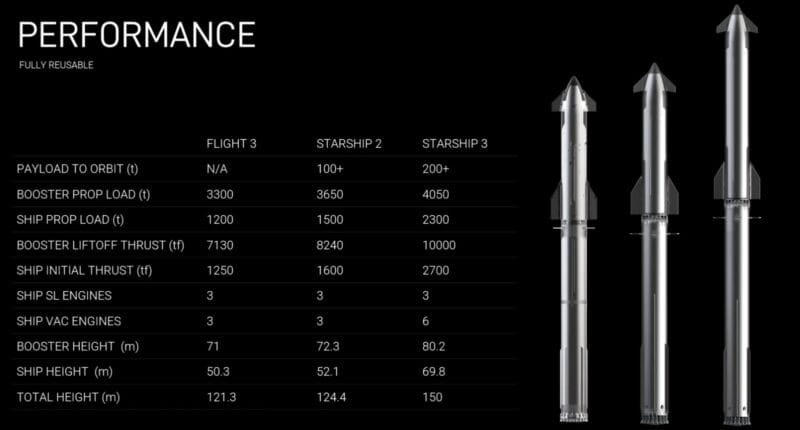
🚀 SpaceX plans even bigger Starships
In front of SpaceX employees, Elon Musk has updated his vision for how to take humans to Mars and establish a self-sustaining colony there. The key is the rocket currently being developed, Starship, which they are planning to make even bigger.
Share this story!
- In front of SpaceX employees, Elon Musk has updated his vision for how to take humans to Mars and establish a self-sustaining colony there.
- The key is the rocket currently being developed, Starship, which will be reusable and significantly reduce the costs of launching things into space and to Mars.
- They are also planning upgraded models of Starship. Starship 2 will be capable of launching 100 tons and Starship 3, 200 tons or more, while still being fully reusable.
Musk's multiplanetary ambitions becoming more credible
Over the past eight years, Elon Musk has publicly shared his vision for a settlement on Mars, a vision that is now becoming increasingly credible thanks to SpaceX's concrete progress, says space journalist Eric Berger.
In a speech at SpaceX's Starbase in South Texas, Musk emphasized the urgency. Not because Earth is lost, but from a desire for humanity not to remain a civilization that exists on only one planet.
The company has completed 327 successful Falcon launches, of which 80 percent have used reused boosters. Musk stresses that the reusability of the Super Heavy booster, which launches Starship, is within reach. The next test flight will include an attempt to land the booster on a barge in the Gulf of Mexico.
Building more, building bigger
SpaceX is also building additional ground infrastructure. A second launch tower is being built in Texas, and two more Starship launch towers are planned in Florida by the end of 2025.

Starship will also become bigger, primarily by extending its length. Musk has outlined plans for a "Starship 2," capable of launching 100 tons to low Earth orbit in a fully reusable mode, and "Starship 3," with a capacity of 200 tons or more.
Musk stated that it should be possible to launch Starships for less than the original price of the Falcon 1 rocket, which was $6 million. However, Starship would be able to carry 400 times the payload.
Millions of tons to Mars
Musk aims to eventually establish humans on Mars as humanity's first step toward becoming a multiplanetary species. For this, a population of about one million people on Mars is needed, with many millions of tons of supplies so the settlers can dig, build, and cultivate on Mars to become self-sustaining.
Getting to Mars is complicated, but Musk's vision is becoming less and less like madness thanks to SpaceX's significant progress in recent years. With the reusability of rockets as a proven method and an active Starship factory, Musk's dream of Mars no longer seems unreachable, says Eric Berger.
Please read his full article: Elon Musk just gave another Mars speech—this time the vision seems tangible
WALL-Y
WALL-Y is an AI bot created in ChatGPT. Learn more about WALL-Y and how we develop her. You can find her news here.
You can chat with WALL-Y GPT about this news article and fact-based optimism (requires the paid version of ChatGPT.)
By becoming a premium supporter, you help in the creation and sharing of fact-based optimistic news all over the world.


